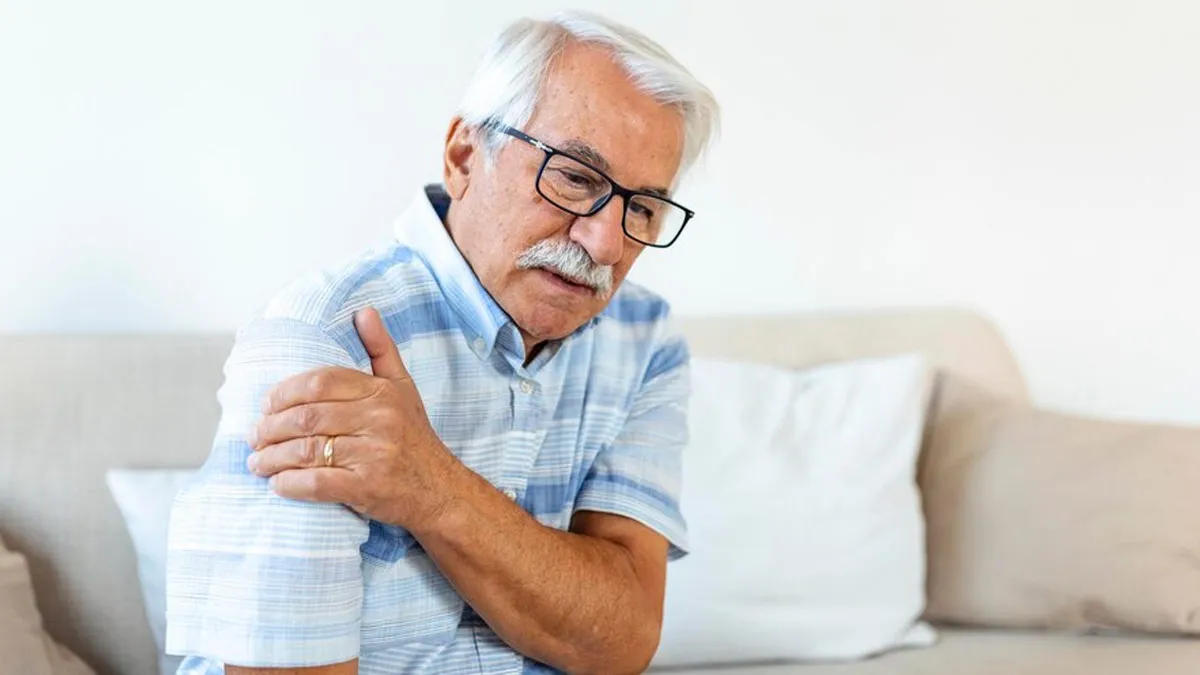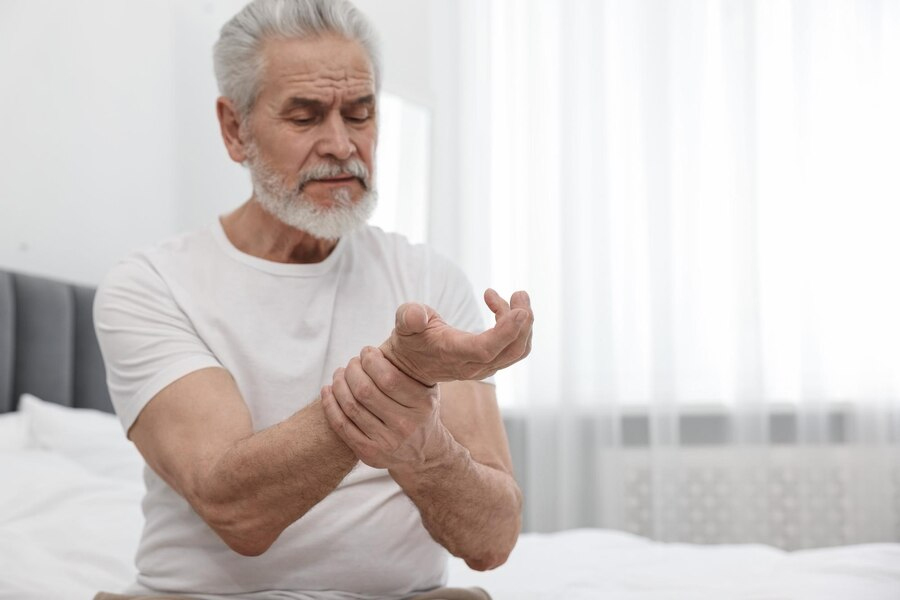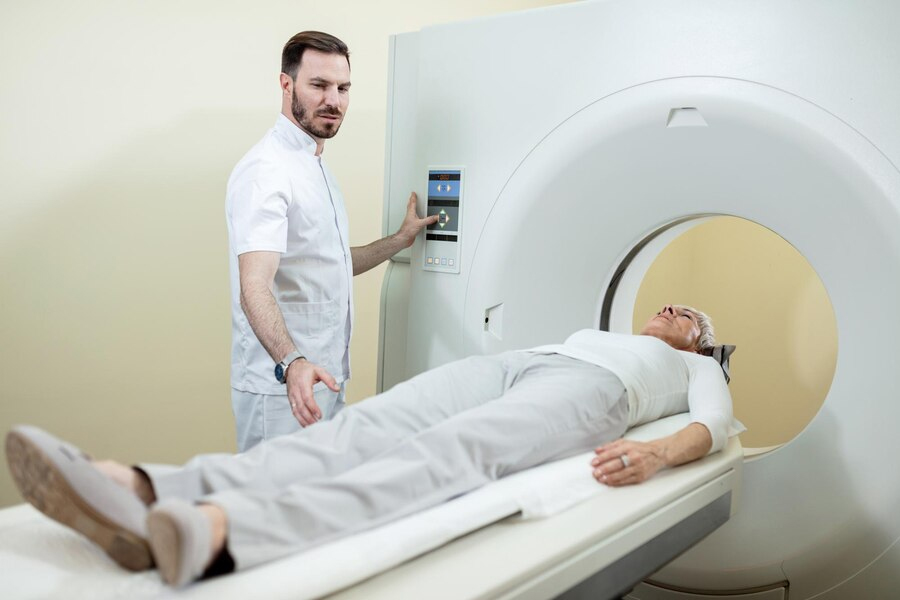
Most people tend to conclude that the pain in or around their joints is caused by arthritis. However, bursitis is another condition that shares characteristics with this disease. These conditions can affect your daily life and limit your participation in various activities. Even though arthritis and bursitis are somewhat related, the two are different and thus require distinct forms of treatment. Hence, it becomes crucial to understand their differences to determine the best treatment. We spoke to Dr Jayakrishnan Pillai, MBBS, DNB - Orthopaedics/Orthopaedic Surgery, Orthopaedic Surgeon, Joint Replacement Surgeon, who explained the difference between these two conditions.
Table of Content:-

Arthritis is a health condition that can cause swelling and tenderness in one or more joints. It is a common disease affecting people over 50, especially women. On the other hand, bursitis causes inflammation of the bursae, a small, fluid sac cushioning the bones, tendons, and muscles near your joints. It is a painful condition occurring in body parts, such as the hip, knee, shoulder, elbow, and heel.
Causes of Arthritis and Bursitis

"The natural ageing process, along with various other factors, can lead to arthritis. Infections, poor posture, and improper walking techniques can also contribute to specific types of arthritis. Additionally, genetics play a significant role in influencing the likelihood of developing this disease, "said Dr Pillai.
"Bursitis is generally caused by joint trauma, especially during physical activity and leads to inflammation of the cushions surrounding the joint. Physical work can result in repeated stress on the same body part, which eventually causes bursitis," he added. Moreover, infections and health conditions like arthritis, gout, tendonitis, diabetes, and thyroid problems can also contribute to bursitis.
Also Read: Arthritis In Fingers: Expert Explains Its Types And Treatment Measures
Symptoms of Arthritis and Bursitis
Watch out for these symptoms to check if you have arthritis or bursitis:

Symptoms of Arthritis
According to the Arthritis Foundation, there are over 100 forms of arthritis. These conditions are a major cause of disability in the United States (US).
- Joint pain
- Stiffness
- Swelling
- Reduced range of motion
Symptoms of Bursitis
According to StatPearls, over 150 bursae are found in the human body, facilitating movement in the musculoskeletal system.
- Warmth
- Swelling
- Tenderness
- Pain
Diagnosis Of Arthritis and Bursitis

To diagnose arthritis, the doctor generally looks for underlying chemical markers, such as rheumatoid factors and elevated uric acid levels. “Along with this testing procedure, doctors also rely on imaging studies, including X-rays, MRIs, or CT scans to determine any changes or damage to the bones within the joint. The other possibility is a complete check-up to examine the symptoms, tenderness, and joint functionality," said Dr Pillai.
On the other hand, bursitis can be diagnosed using a physical exam involving an assessment of the symptoms by the doctor within the area of effect. An MRI or ultrasound can check for inflammation. Additionally, a fluid sample from the joint cushion may be examined to rule out infections.
Also Read: Understanding Bursitis: Expert Explains Its Symptoms, Types, And Effective Treatments
How To Treat These Health Conditions
Dr Pillai listed the treatment measures for these conditions, as follows:
Treatment For Arthritis

- Pain relievers biologics for autoimmune diseases or Disease-Modifying Antirheumatic Medications (DMARDs).
- Lifestyle changes like regular exercise, maintaining a healthy weight, and eating a balanced diet.
- Physical treatment to reduce stiffness and enhance joint function.
- In extreme circumstances, joint replacement or repair surgery.
Treatment for Bursitis

- A good starting point would be to reduce activity levels and give rest to your joints. You should also apply ice to alleviate the symptoms.
- Physical therapy aims to avoid recurrences and strengthen surrounding muscles.
- Anti-inflammatory medications may decrease the pain and the swelling.
- In extreme cases, there may be a need for certain injections or fluid draining from the protective cushion.
Management Tips For Arthritis
- Medication: Doctor-prescribed medication to manage pain and reduce inflammation.
- Physical therapy: Continuous exercises to strengthen muscles, increase joint mobility, and lessen stiffness.
- Lifestyle Changes: A healthy body weight, a balanced diet, and low-impact activities, such as walking or swimming, will promote joint health.
- Home Remedies: Cold packs are excellent for reducing swelling and inflammation in the affected area. On the other hand, hot packs are effective for relaxing stiff muscles and enhancing your overall comfort.
- Exercises: Strengthening and stretching exercises can support the muscles surrounding the injured area. However, be cautious not to overexert yourself or exacerbate the pain.
Bottomline
Dr Pillai concluded, "Lifestyle adjustments, physical therapy, and medication are available to enhance mobility and relieve discomfort. Remember, time is of the essence. Don't dismiss signs of pain and delay visiting a medical professional. Early diagnosis and treatment are crucial for an improved quality of life, providing relief from stiffness and pain that enables individuals to engage in activities actively. Our joints deserve care for a pain-free and healthy life."
[Disclaimer: This article contains information provided by an expert and is for informational purposes only. Hence, we advise you to consult your professional if you are dealing with any health issue to avoid complications.]
Also watch this video
How we keep this article up to date:
We work with experts and keep a close eye on the latest in health and wellness. Whenever there is a new research or helpful information, we update our articles with accurate and useful advice.
Current Version